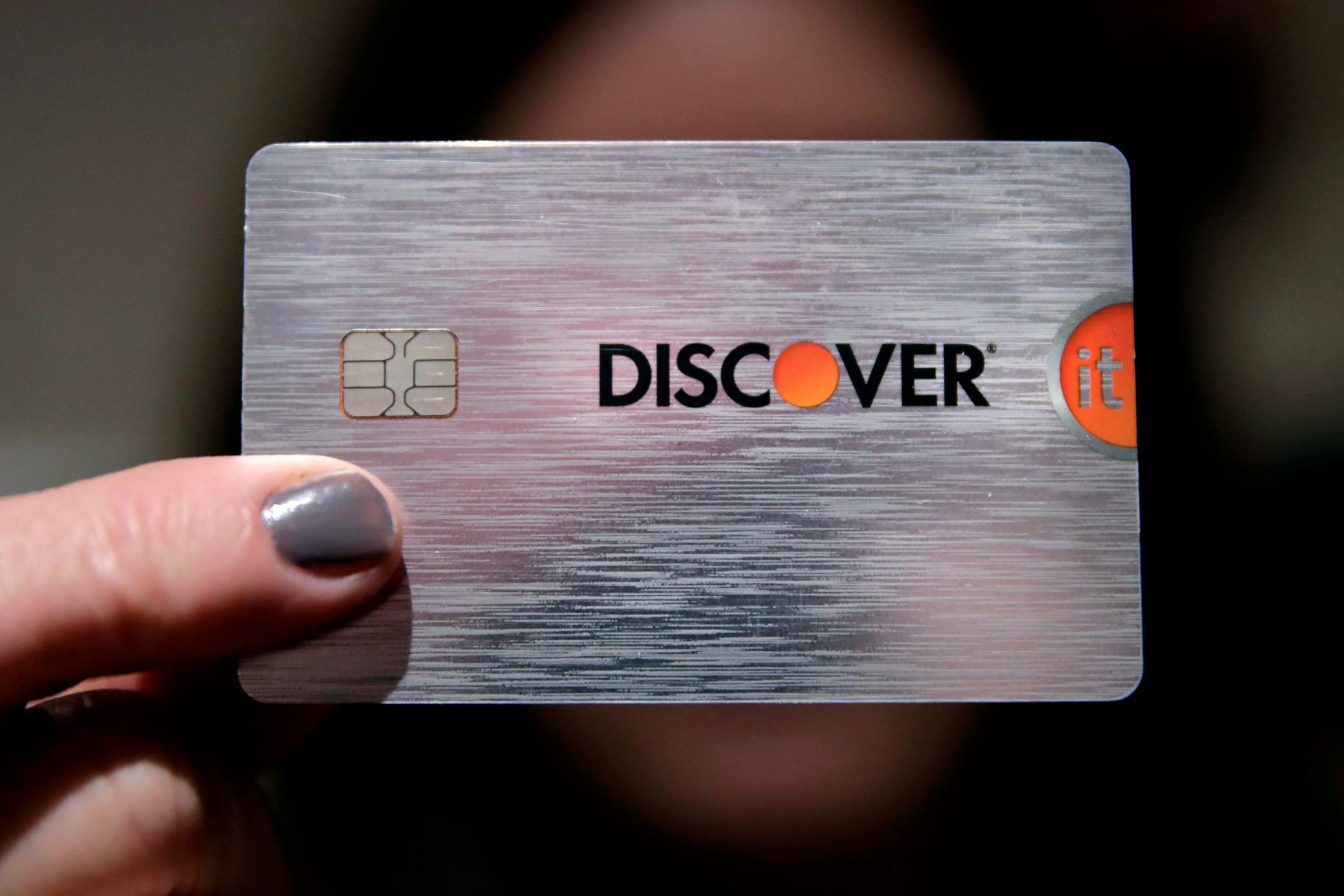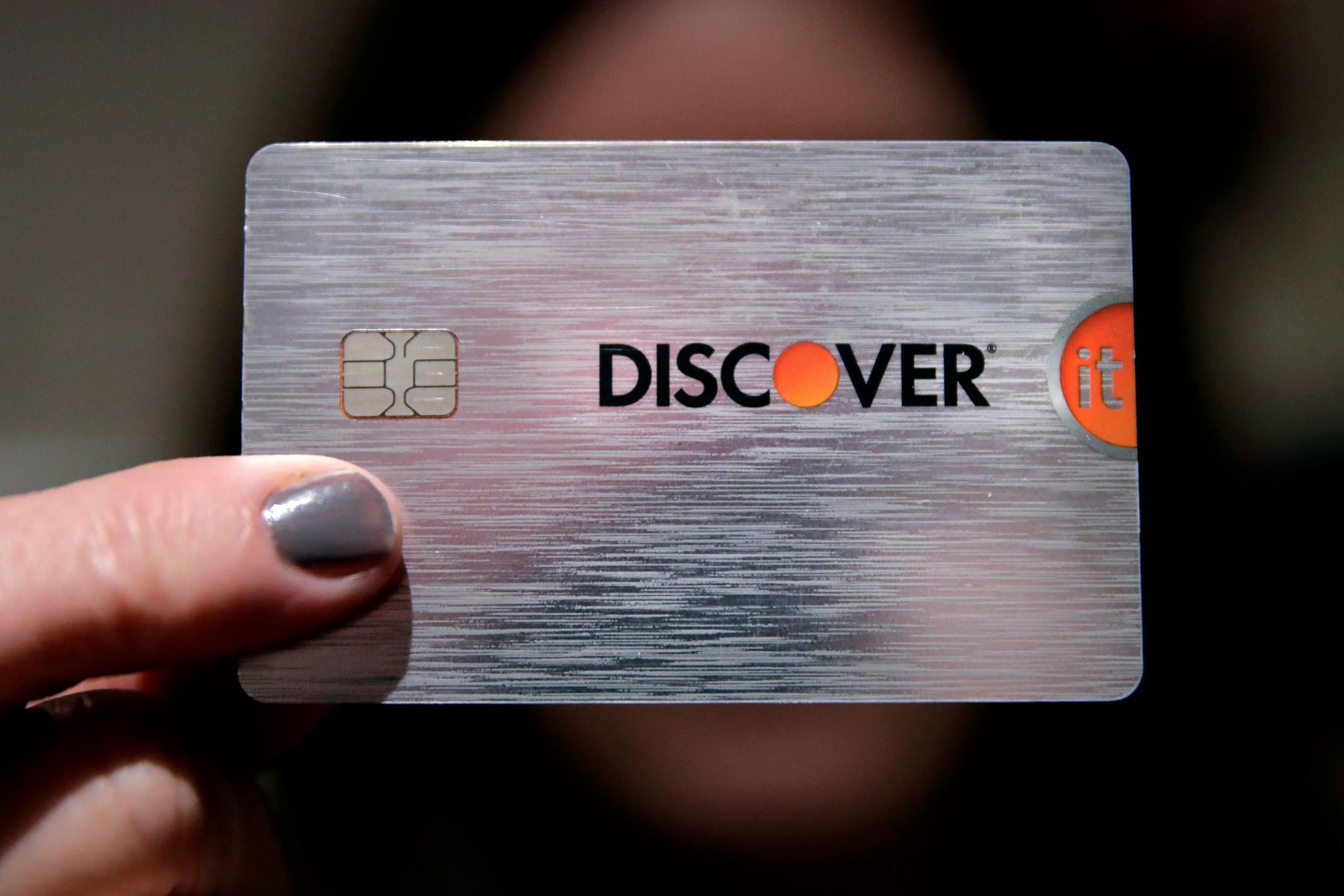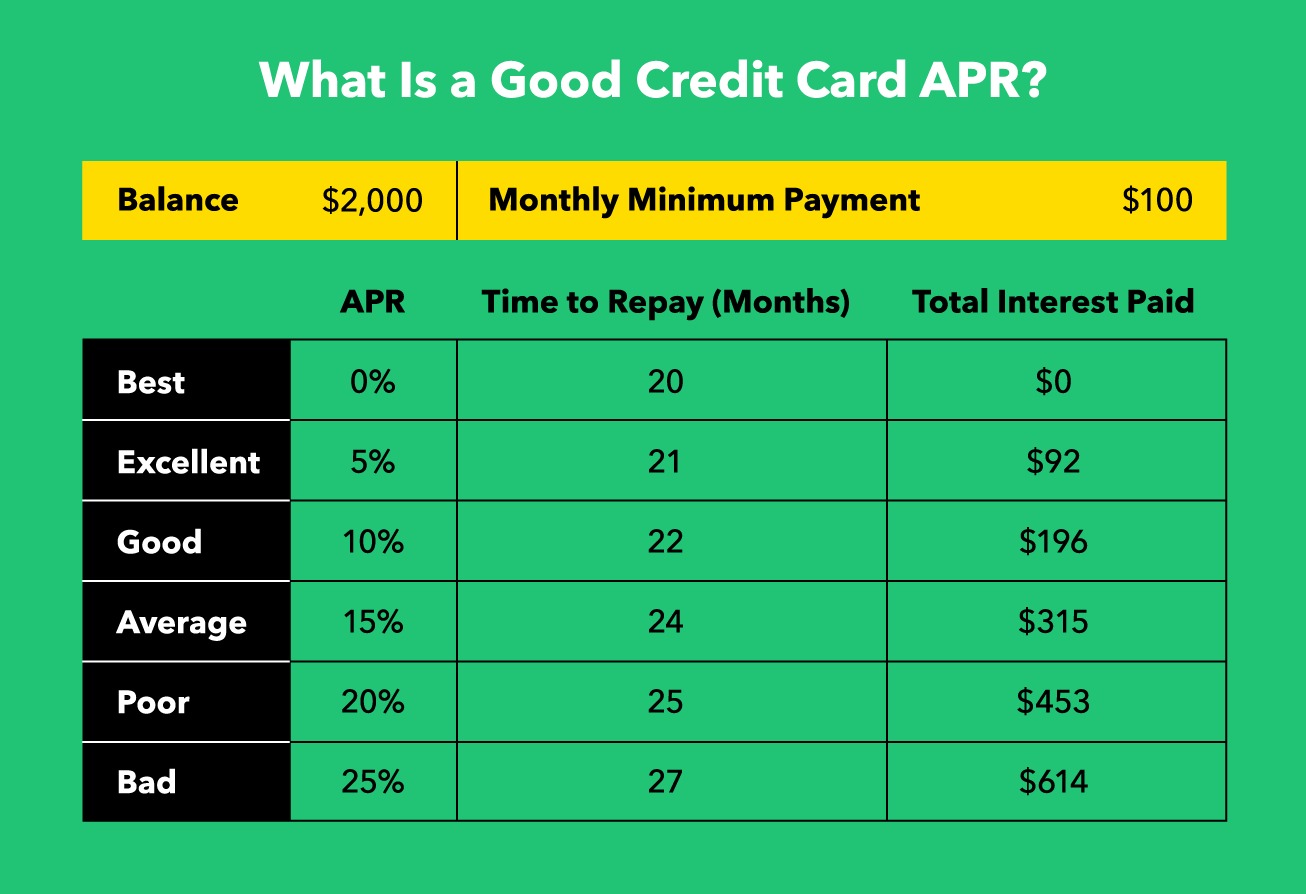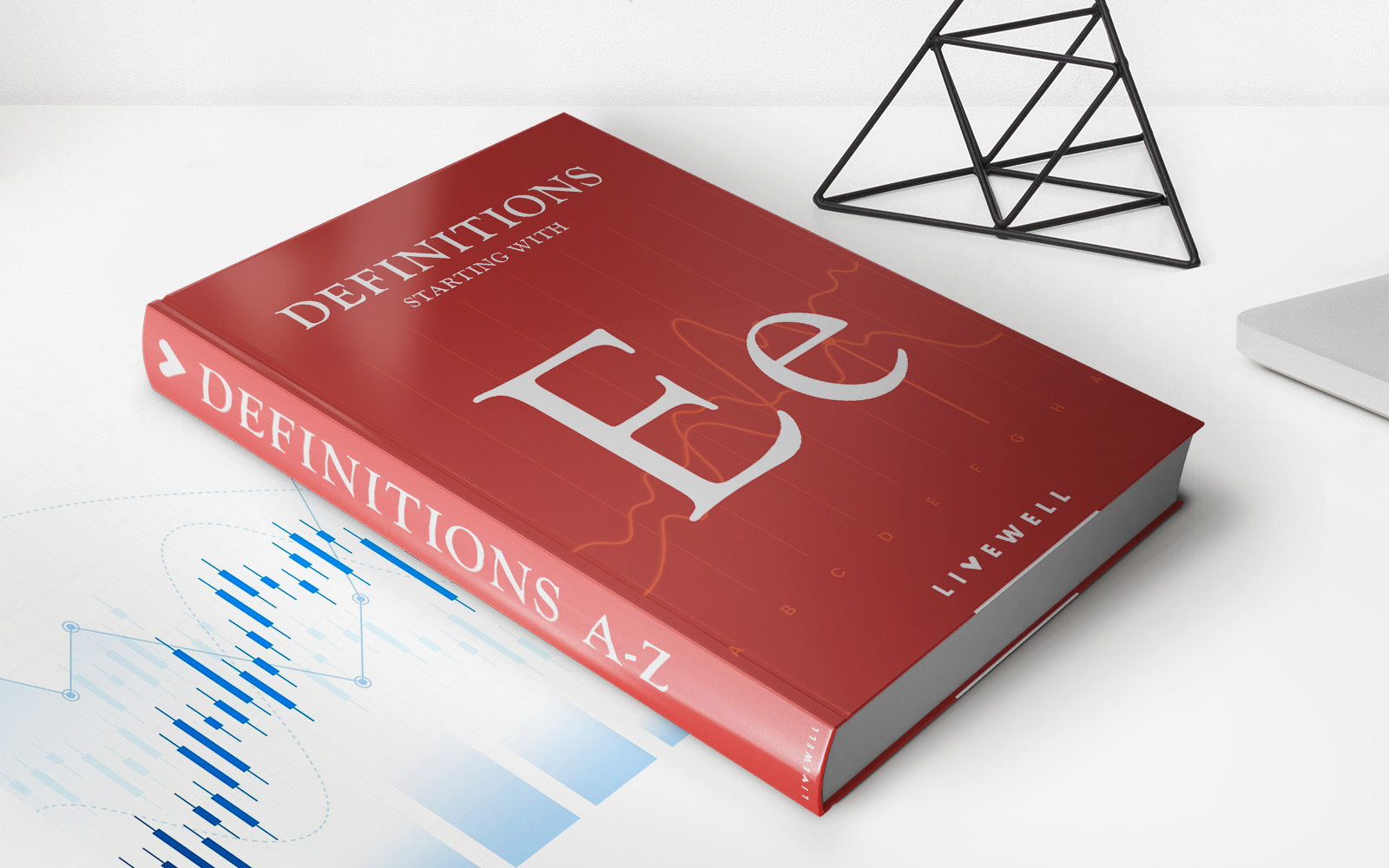

Finance
What Is The APR On A Discover Credit Card?
Published: March 3, 2024
Discover the APR on a Discover credit card and manage your finances wisely. Learn about the finance options available to you.
(Many of the links in this article redirect to a specific reviewed product. Your purchase of these products through affiliate links helps to generate commission for LiveWell, at no extra cost. Learn more)
Table of Contents
Introduction
Welcome to the world of credit cards, where financial flexibility meets consumer convenience. As you embark on your journey to understand the intricacies of credit card usage, one of the most important terms you’ll encounter is “APR” – Annual Percentage Rate. This crucial factor determines the cost of borrowing on your credit card. In this comprehensive guide, we will delve into the specifics of APR, with a focus on Discover credit cards. By the end, you’ll have a clear understanding of what APR means, how it applies to Discover credit cards, and the key factors that influence it.
Understanding the APR on your credit card is essential for making informed financial decisions. Whether you’re planning to make a big purchase, transfer a balance, or simply use your credit card for everyday expenses, having a solid grasp of APR empowers you to manage your finances more effectively. So, let’s dive into the world of APR and discover its significance in the realm of Discover credit cards.
Understanding APR
APR, or Annual Percentage Rate, is a critical component of any credit card agreement. It represents the annualized cost of borrowing funds through the credit card. Put simply, it reflects the interest rate you’ll pay on any outstanding balance on your credit card. The APR encompasses not only the interest rate charged by the credit card issuer but also any additional fees or charges associated with borrowing.
When you carry a balance on your credit card, the APR determines the amount of interest that accrues on that balance over time. It’s important to note that credit card APRs can vary based on the type of transaction. For instance, the APR for purchases may differ from the APR for balance transfers or cash advances.
Understanding the APR is crucial for responsible credit card management. By comprehending the implications of the APR, cardholders can make informed decisions about carrying balances, making minimum payments, or utilizing promotional offers such as 0% APR introductory periods.
Moreover, being aware of the APR enables cardholders to assess the true cost of using credit, thereby aiding in budgeting and financial planning. It’s a key factor in evaluating the long-term affordability of carrying a balance and can significantly impact the overall cost of purchases made with the credit card.
As we move forward, we’ll explore how the concept of APR specifically applies to Discover credit cards, shedding light on the intricacies of this popular credit card provider’s APR structure.
Discover Credit Card APR
Discover offers a range of credit cards, each with its own unique APR structure. The APR for Discover credit cards typically varies based on the cardholder’s creditworthiness, the type of transaction, and the prevailing market conditions. It’s important to note that Discover is known for providing clear and transparent terms, making it easier for cardholders to understand the costs associated with their credit cards.
Discover credit cards often feature competitive APRs, especially for those with strong credit profiles. Cardholders may also benefit from introductory APR offers, including 0% APR for a specified period on purchases, balance transfers, or both. These promotional APR periods can provide significant savings on interest charges, making Discover credit cards an attractive option for those looking to manage their finances efficiently.
Furthermore, some Discover credit cards offer variable APRs, which are tied to a benchmark interest rate such as the Prime Rate. This means that the APR can fluctuate based on changes in the benchmark rate, potentially impacting the cost of carrying a balance on the credit card.
Discover’s commitment to customer satisfaction extends to its approach to APR, with a focus on providing competitive rates and valuable features that align with cardholders’ financial needs. By offering transparent terms and attractive promotional APRs, Discover empowers cardholders to make the most of their credit cards while maintaining cost visibility and control.
As we delve deeper into the world of Discover credit cards, we’ll explore the factors that influence the APR on these cards, shedding light on the considerations that can impact the cost of borrowing and the overall value of holding a Discover credit card.
Factors Affecting Discover Credit Card APR
Several key factors influence the APR associated with Discover credit cards. Understanding these factors is essential for cardholders seeking to manage their credit card costs effectively and make informed financial decisions.
- Creditworthiness: One of the primary determinants of the APR on a Discover credit card is the cardholder’s creditworthiness. Individuals with strong credit scores and a positive credit history are likely to qualify for lower APRs, reflecting the lower perceived risk of lending to these individuals. On the other hand, those with limited credit history or lower credit scores may be offered higher APRs to offset the increased risk.
- Market Conditions: The prevailing economic and market conditions can impact the APR on Discover credit cards. Changes in benchmark interest rates, such as the Prime Rate, can lead to adjustments in variable APRs, potentially affecting the cost of carrying a balance on the credit card. Additionally, broader economic factors may influence Discover’s pricing strategies and promotional APR offers.
- Card Type and Features: Different Discover credit cards may come with varying APR structures based on the card’s features and rewards program. Cards offering enhanced benefits or cashback incentives may have slightly different APRs compared to standard cards. Additionally, promotional APR offers, such as introductory 0% APR periods, can significantly impact the overall cost of borrowing on the card.
- Payment History: For existing cardholders, their payment history and behavior with their Discover credit card can also influence the APR. Consistently making on-time payments and managing the card responsibly may position cardholders for potential APR reductions or access to more favorable promotional offers.
- Regulatory Changes: Discover, like other credit card issuers, operates within a regulatory framework that may impact its pricing and APR structures. Changes in regulations related to consumer lending and credit card practices can lead to adjustments in APRs and the terms offered to cardholders.
By considering these factors, cardholders can gain insights into the dynamics of Discover credit card APRs and take proactive steps to potentially secure more favorable terms. Moreover, understanding the interplay of these elements can aid in making informed choices when selecting and using Discover credit cards, aligning with individual financial goals and preferences.
How to Find the APR on a Discover Credit Card
Discover provides multiple channels for cardholders to access information about the APR associated with their credit cards, ensuring transparency and clarity in understanding the cost of borrowing. Here’s a comprehensive guide on how to find the APR on a Discover credit card:
- Online Account Management: Cardholders can log in to their Discover online account to access detailed information about their credit card, including the current APR. The online portal offers a user-friendly interface, allowing cardholders to view their account summary, recent transactions, and specific details related to the APR, such as the standard APR for purchases, balance transfers, and cash advances.
- Monthly Statements: Discover credit card statements provide a comprehensive overview of the card’s terms, including the APR. Cardholders can review their monthly statements to find the current APR applicable to their account. Additionally, the statement may highlight any promotional APR offers or changes in the APR, ensuring that cardholders stay informed about the cost of borrowing.
- Customer Service: Discover’s dedicated customer service team is readily available to assist cardholders with inquiries about their credit cards, including questions about the APR. Cardholders can contact customer service via phone or secure messaging to obtain specific details about the APR, understand promotional offers, or seek clarification on any changes to the APR structure.
- Terms and Conditions: The terms and conditions provided with the Discover credit card offer in-depth information about the APR, including the factors that can impact the APR, such as variable rate provisions, promotional APR periods, and penalty APRs. Cardholders can refer to this document to gain a comprehensive understanding of the APR associated with their specific credit card.
- Mobile App: Discover’s mobile app provides on-the-go access to essential account details, including the APR. Cardholders can conveniently check the current APR, review promotional APR offers, and explore tools to manage their credit card usage effectively, all within the intuitive and secure mobile app interface.
By leveraging these resources, Discover credit cardholders can easily access information about the APR, empowering them to stay informed about the cost of borrowing and make well-informed financial decisions. The accessibility and transparency of APR-related details reflect Discover’s commitment to providing a seamless and customer-centric credit card experience.
Conclusion
Understanding the Annual Percentage Rate (APR) on a Discover credit card is a fundamental aspect of responsible credit card management. By grasping the nuances of APR and its implications, cardholders can navigate their financial journeys with confidence and clarity. Discover’s commitment to transparency and competitive APR offerings underscores its dedication to empowering cardholders with the knowledge they need to make informed financial decisions.
As we’ve explored, the APR on Discover credit cards is influenced by various factors, including the cardholder’s creditworthiness, market conditions, card type, and payment history. By considering these factors, cardholders can gain insights into the dynamics of Discover credit card APRs and take proactive steps to potentially secure more favorable terms.
Discover’s emphasis on providing accessible channels for cardholders to find information about the APR, such as online account management, monthly statements, customer service support, and comprehensive terms and conditions, reflects its commitment to transparency and customer empowerment. This commitment ensures that cardholders have the resources they need to stay informed about the cost of borrowing and make well-informed financial decisions.
Ultimately, a clear understanding of the APR on a Discover credit card enables cardholders to maximize the value of their credit cards, leverage promotional APR offers effectively, and manage their finances in a manner that aligns with their goals and preferences. By staying informed and proactive, Discover credit cardholders can make the most of their credit card experience while maintaining cost visibility and control.
As you continue your financial journey, remember that the APR is not just a number – it’s a crucial factor that shapes the cost of borrowing and influences the overall value of your credit card. By staying attuned to the APR and its determinants, you empower yourself to make strategic financial choices and navigate the world of credit cards with confidence.














